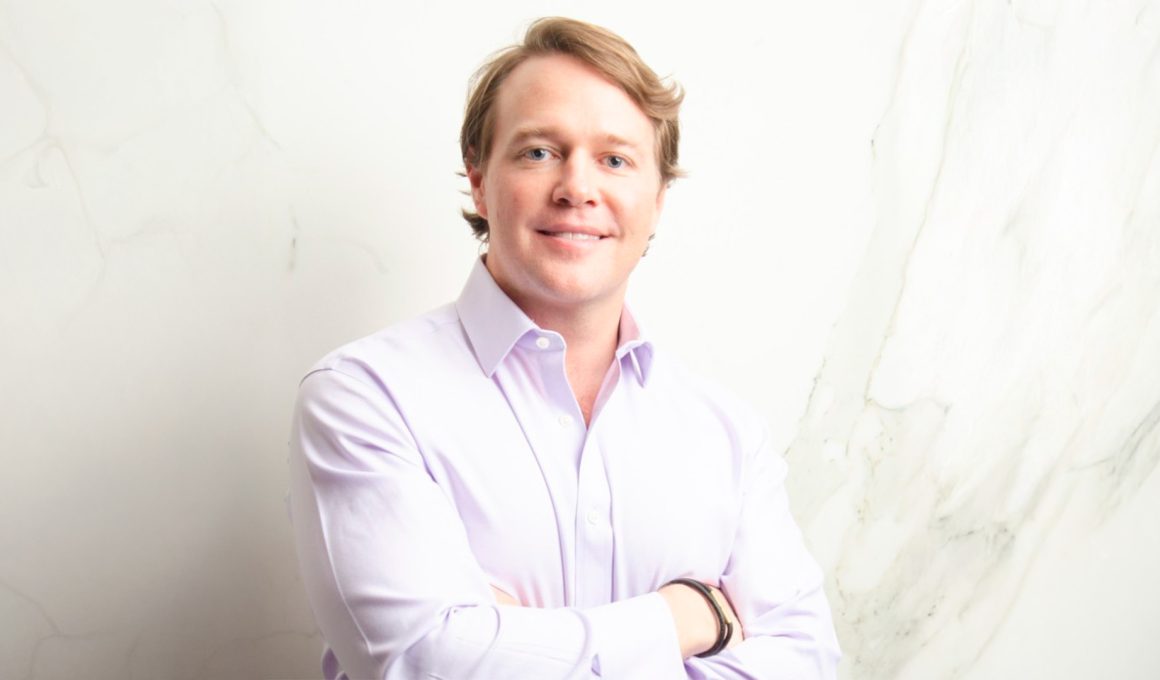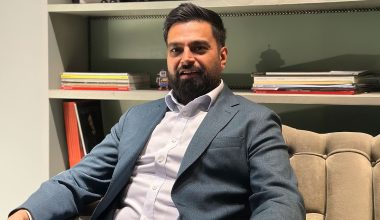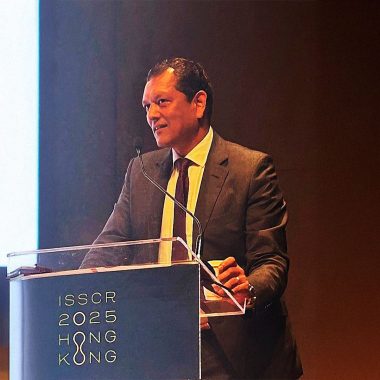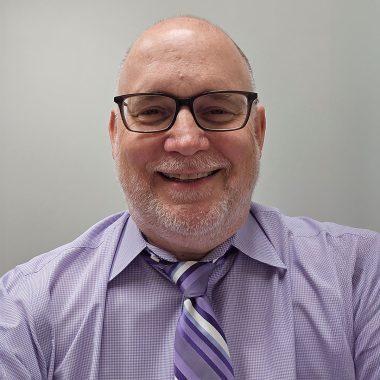For corporate leaders, healthcare costs and the impact on workforce dynamics have moved permanently from the sidelines to the front line. It is a central determinant of organizational health, profitability, and long-term sustainability. For Charles (Chaz) Lusk, a senior healthcare executive and trailblazer, the concept of healthcare convergence is an urgent priority that C-suite and benefit leaders can no longer afford to overlook. “For any mature organization, it’s only a matter of time before your total healthcare spend and productivity become the primary focus of your P&L,” says Lusk. “Talent acquisition, performance expectations, and comprehensive wellness all converge around direct and indirect impacts on organizational spending and sustainability for healthy balance sheets in the long run.”
Breaking Down Silos in Healthcare Delivery
Historically, the specific lanes of comprehensive healthcare have been structured in silos, while the group benefits that facilitate treatment have followed suit. Primary care, dentistry, mental health, and specialty care have operated independently, often creating inefficiencies and gaps in patient outcomes that inevitably make their way back to the modern workforce. Lusk believes a combination of technology and strategy is making it possible to dismantle these barriers. “Healthcare organizations trying to veer outside of specific lanes of expertise ultimately sacrifice quality in the pursuit of more revenue when, in fact, those same organizations have just as much opportunity if they are willing to embrace technology and a deeper level of coordination amongst fellow disciplines within the healthcare ecosystem. The result is measurable savings that blossom from synergistic points of care,” he explains.
Lusk has firsthand experience with this transformation. After a stint on Wall Street, he pioneered the integration of oral health into primary care settings. The result was not only improved access but also measurable systemic health benefits for patients. He sees this as a model for what convergence can accomplish across the healthcare spectrum.
Leadership as the Catalyst for Innovation
For Lusk, the most effective healthcare strategies do not come from off-the-shelf solutions but from leadership-driven innovation from the fiduciaries responsible for population health in any capacity. “The best practices I’ve seen are where the C-suite empowers benefit leaders to break out of the industry ruts and solicit true innovation for healthcare access and convergence strategies,” he says. That innovation often begins with looking beyond simple health benefit plans by also placing focus on true care delivery partners based on core expertise and a demonstrated ability to customize solutions for specific populations. Lusk cautions against relying on “big box” solutions whose brand recognition may mask a lack of targeted solutions. Instead, he encourages executives to act as active conveners. “I’ve seen success when the C-suite and benefit leadership act like team captains, fostering the conversations, reporting mechanisms, and desired outcomes,” Lusk says. In his view, leadership’s role is not simply to choose from benefit designs and vendors packaged by cookie-cutter consultation, but to align healthcare strategy with the organization’s goals and culture.
The Prevention and Profitability Promise
The case for an overlapping focus on access to preventive care across synergistic providers is not just clinical. It is financial. The cross-coordination of intertwined preventive services reduces costly interventions down the road, lowering overall healthcare costs while supporting patient well-being. Lusk points to the pandemic as evidence of what happens when preventive care is disrupted. When the workforce delayed or skipped preventive medical and oral health visits, organizations saw higher costs later in the form of advanced procedures and acute health events. Care convergence via intertwined treatment plans from caregivers, he argues, offers a way to prevent such scenarios. “When the employee and their families returned to care, the first stop was a dental chair opposed to a PCP visit, but in our case, the dental chairs were the conduit for identifying and referring chronic disease that would have otherwise advanced to more costly and disruptive treatment,” he says.
The Next Five Years of Healthcare Convergence
Looking ahead, Lusk believes the future belongs to organizations that can bring core healthcare disciplines, primary care, oral health, mental health, fitness, and others, closer to their populations, whether on-site, near-site, or under one roof, while not compromising the individual expertise required for each vertical. With no single provider demonstrating the ability to master every discipline, he emphasizes that simple co-location and integration, as requested by the benefit sponsor, will define forward-thinking benefit strategies. “In the next five years, it will continue to be the proactive C-suite and the benefit leadership that starts to ask other stakeholders for new solutions that will ultimately translate to the outcomes of affordability and quality everyone desires for the point of care,” he predicts.
Lusk also sees opportunity in financial alignment, where healthcare spending is directly tied to access and outcomes. Early collaborations with insurance carriers show promise in designing benefit plans that incentivize preventive care across healthcare lanes and better population health management. As he emphasizes, “Prevention calibrated for a wider diagnostic spectrum is the key to avoiding acute and catastrophic care down the road.”
To learn more about Chaz Lusk’s insights and expertise in healthcare strategy, connect with him on LinkedIn or directly via his personal office.





